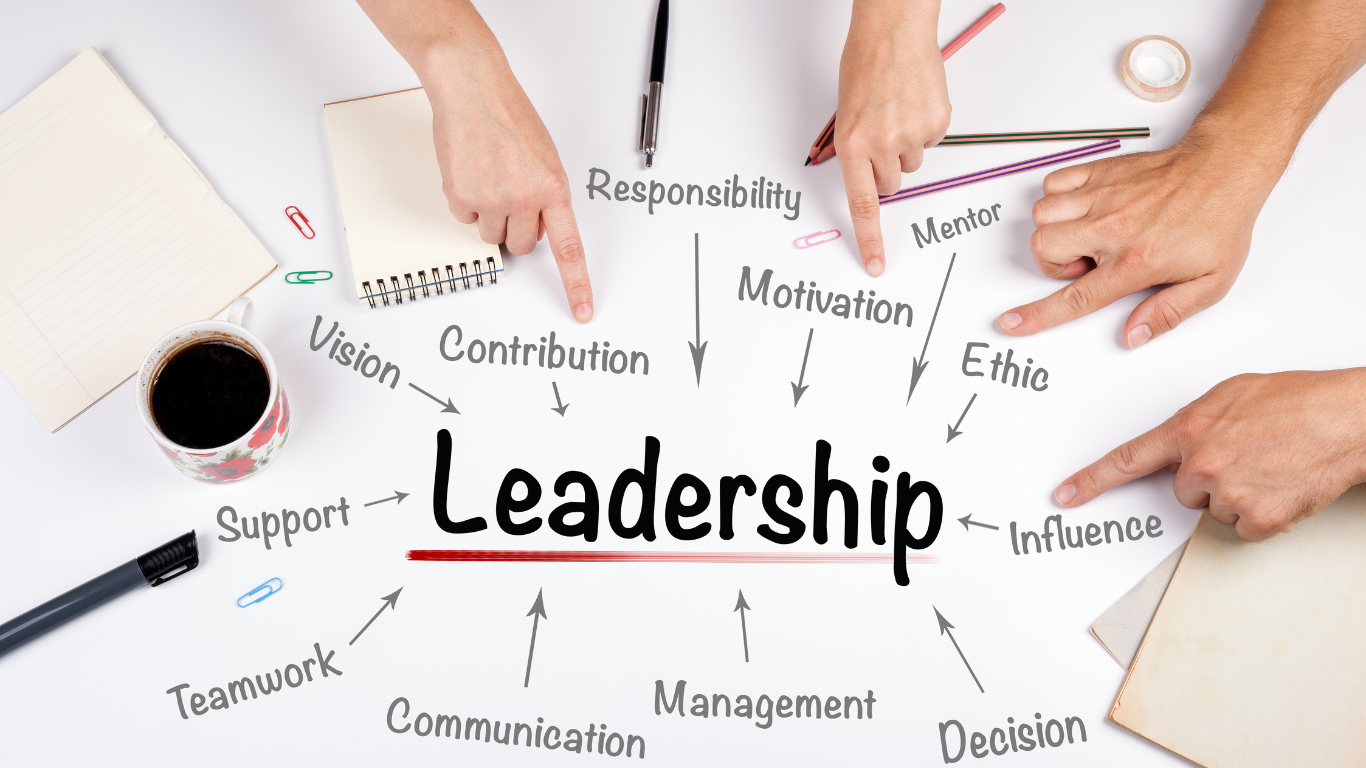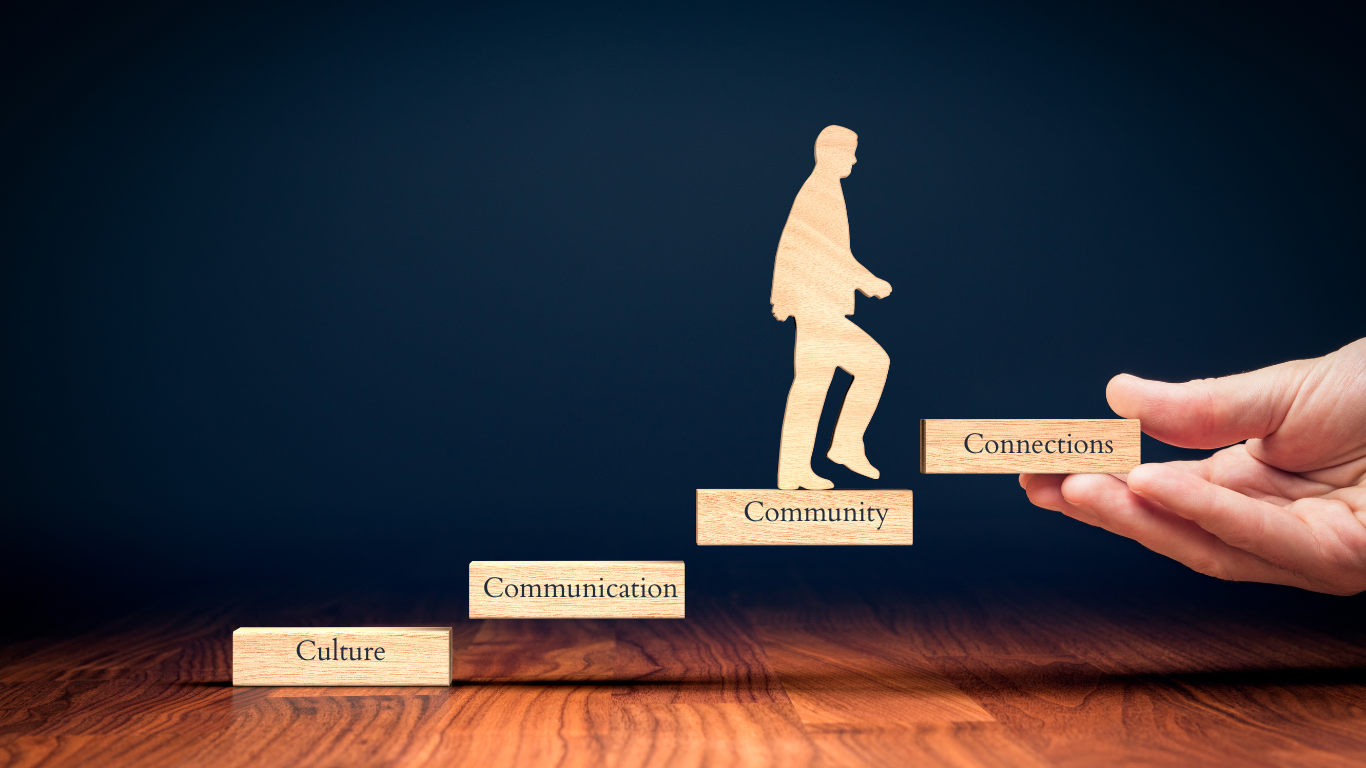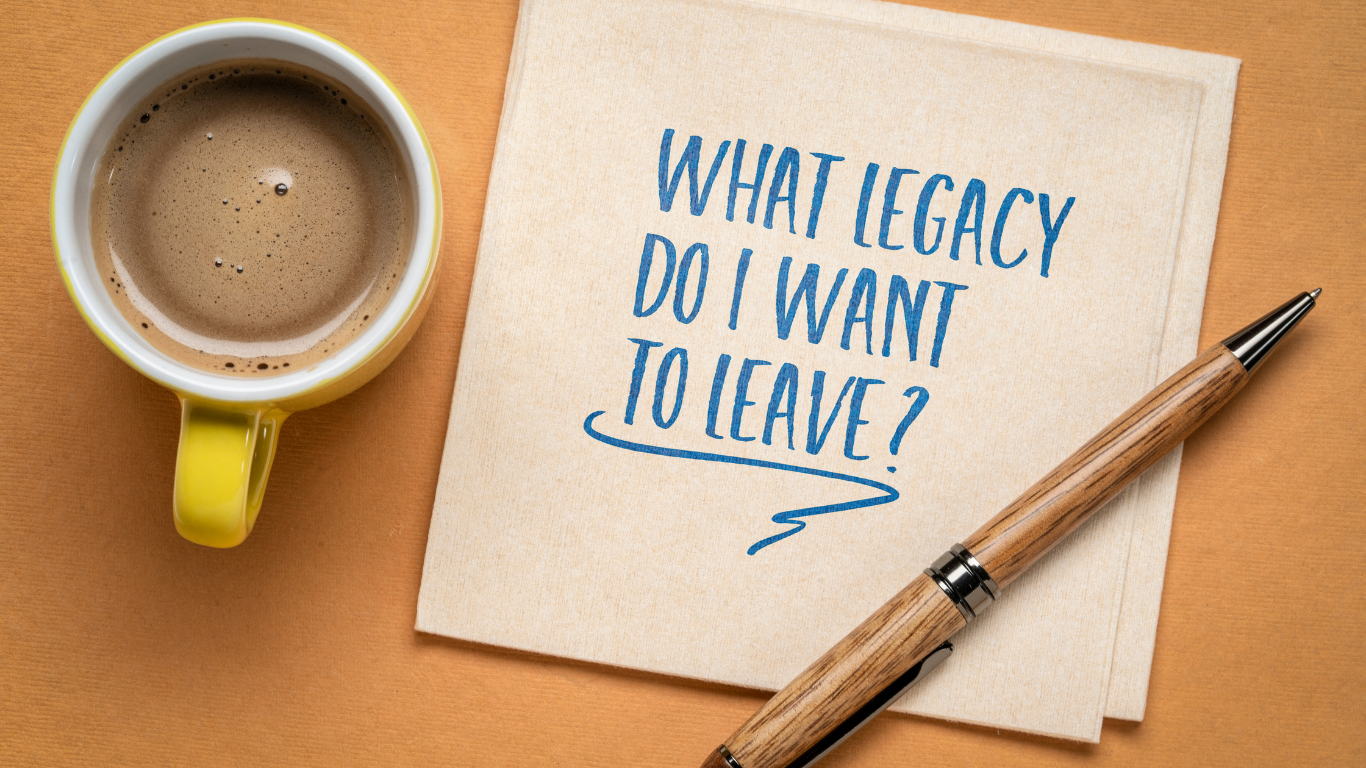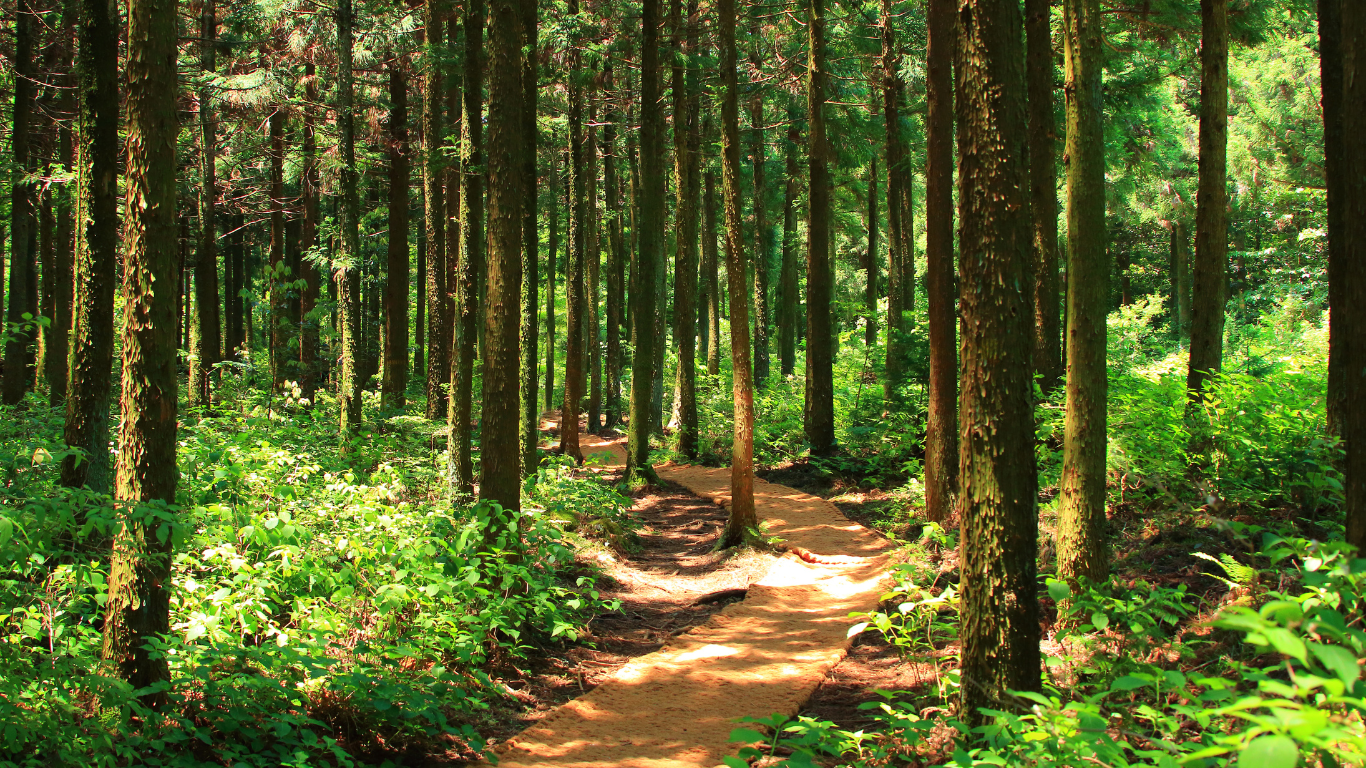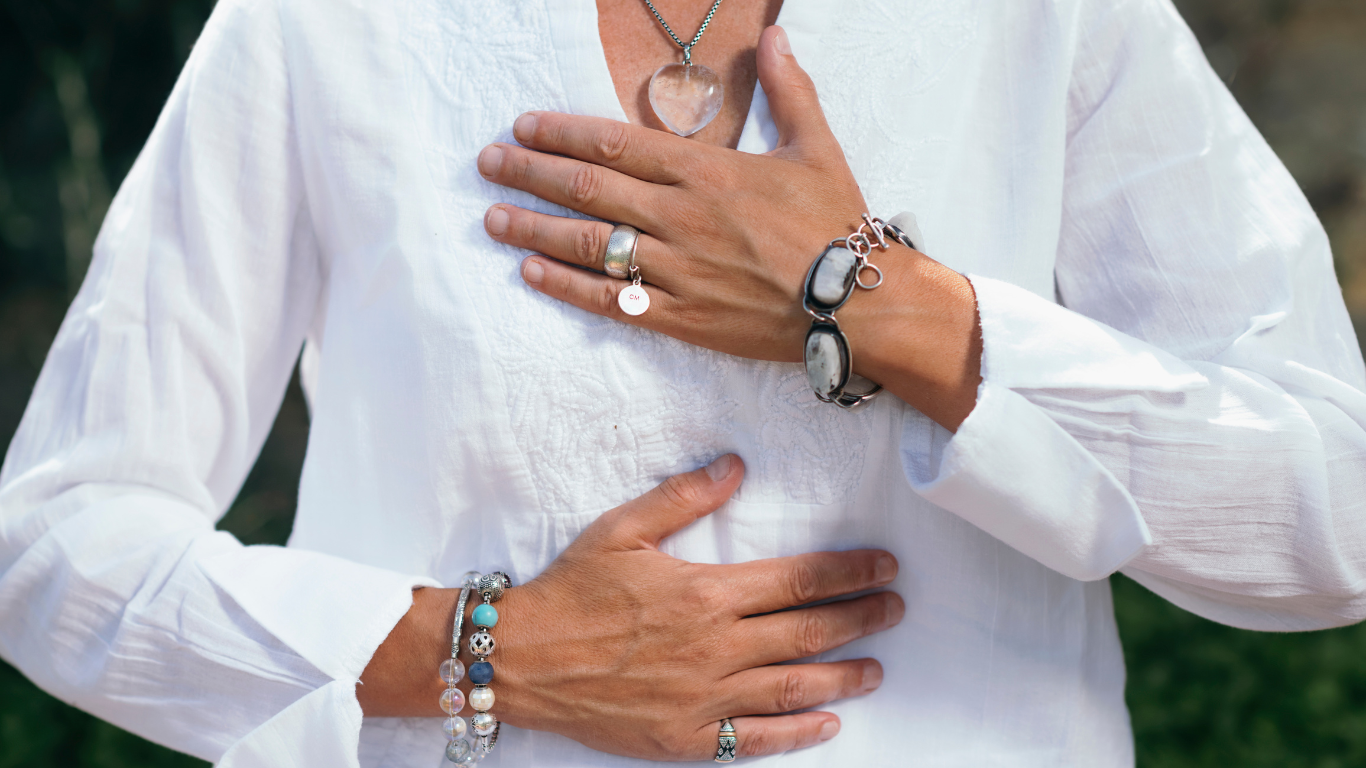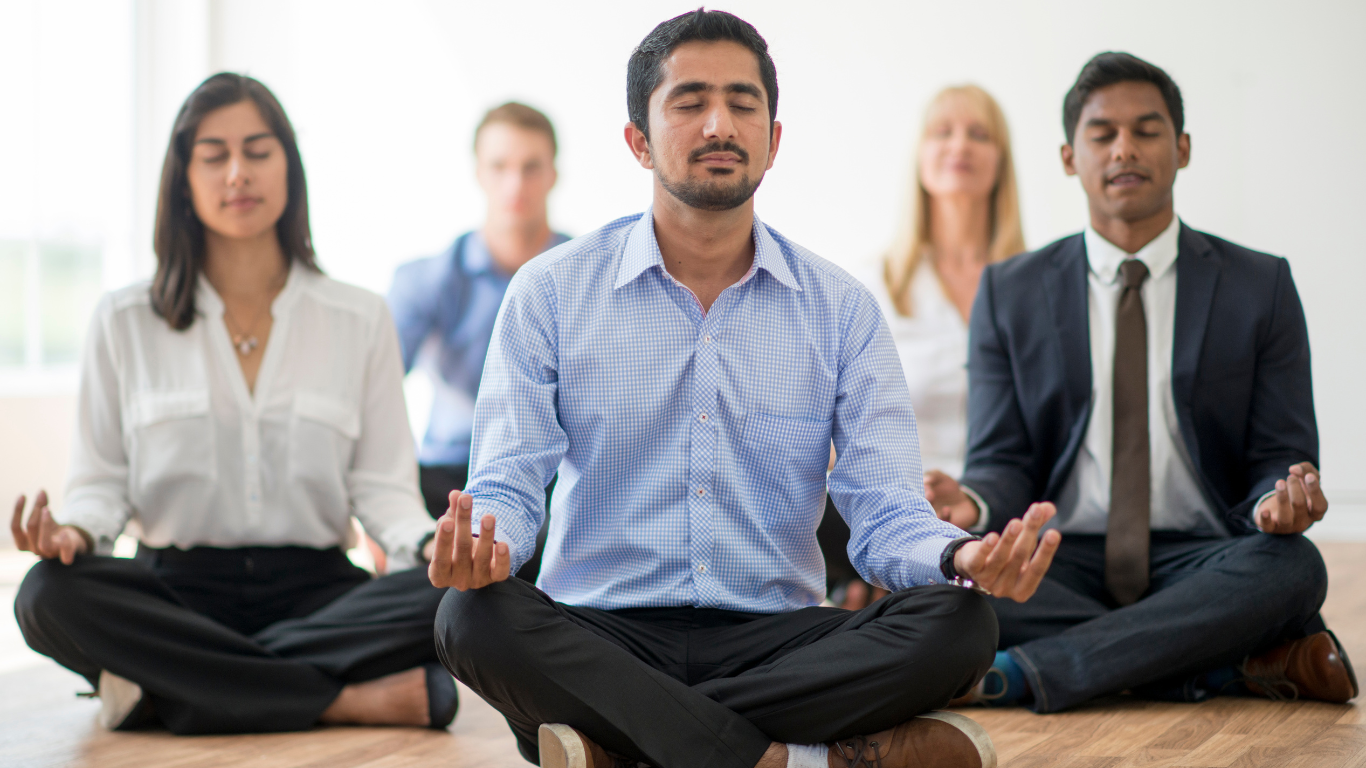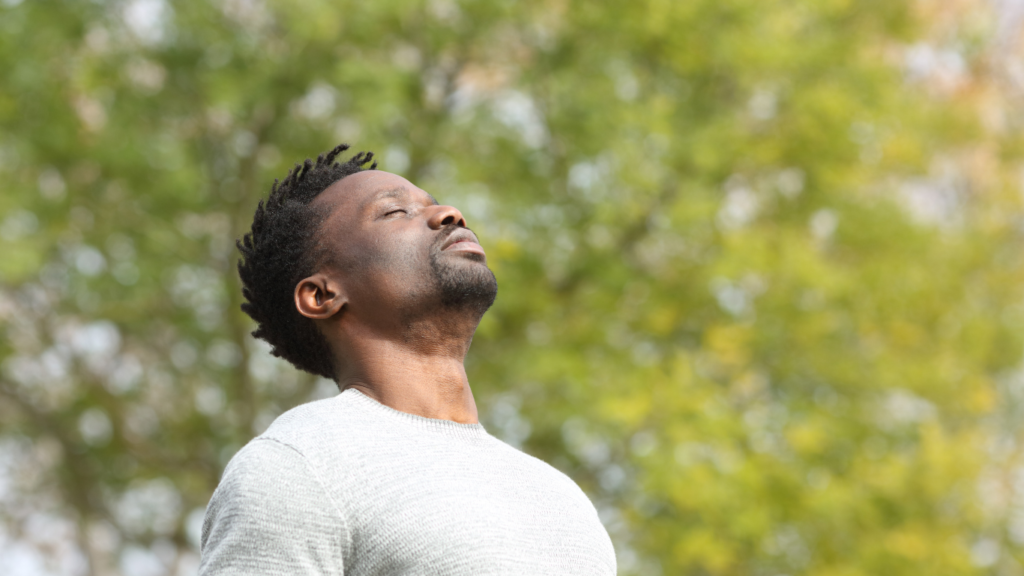January means different things to different people all over the world. For some, it means a time for resolutions, fresh start,s and new commitments.
For me, it’s a time to step back and consider the past year in review and identify what to do next or differently from what I’ve done before. My 2024 was met with successes and setbacks, one of which was the challenge of physical limitations and months of physical therapy that slowed the last quarter of 2024 to a sluggish pace. During that time, I decided to beef up my efforts around what has proven most valuable to offer to the leaders with whom I work and those of you I’ll work with in the future.
Hi, I’m Byron Darden welcoming you to another edition of Leading with Purpose on Purpose. As we step into 2025, I’ve codified my offerings around executive coaching. I’ve learned a great deal from my clients, inspiring me to broaden our work around the voice. I’ve taken a deeper look at the work we do around relationship building and developed a laser view of how to help you deepen your relationships and build the trust you will need from those who follow your lead so that you can be more successful.
I’ve also shared why I do what I do so that you can get a greater sense of the value you’ll gain in working with Triple Axel Executive coaching. Enjoy!
Get started with From Inspiration to Action.


